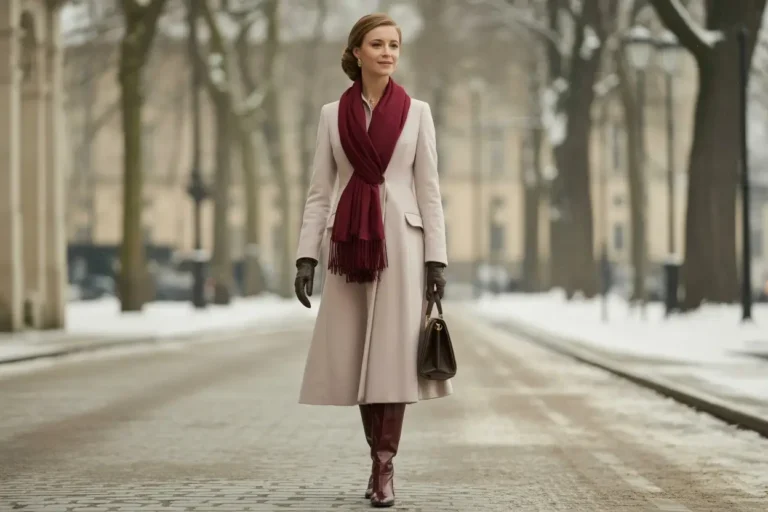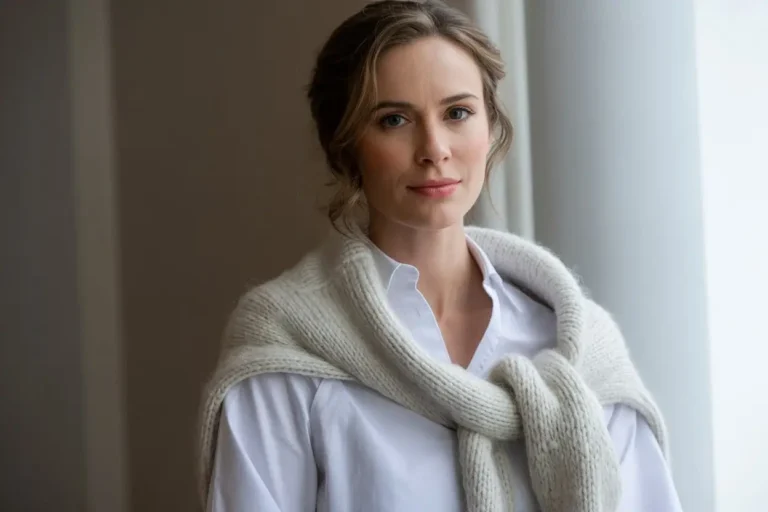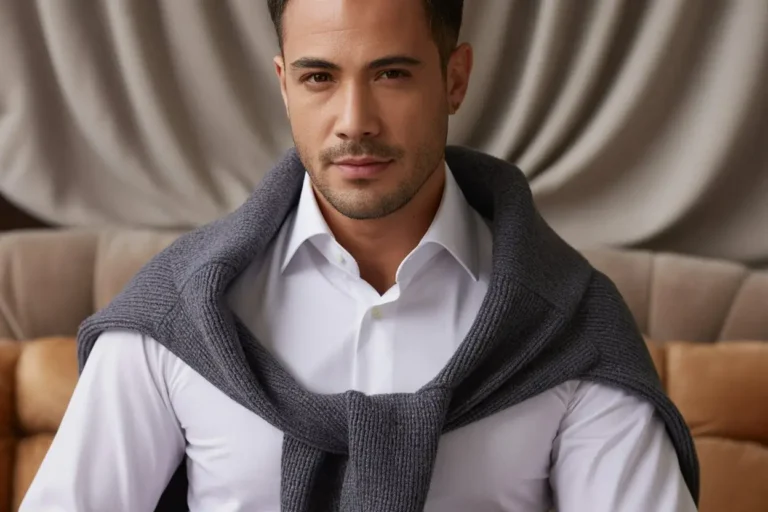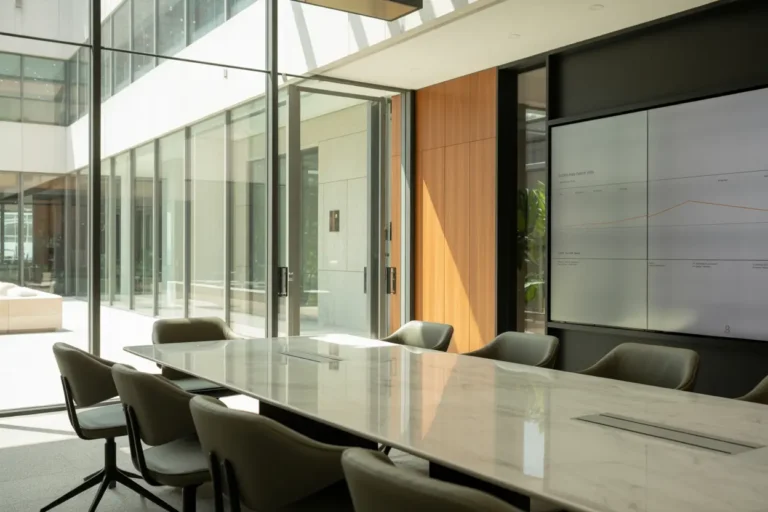Every day, we observe the impact of fashion on the legal profession. The way lawyers dress is not just a matter of showing respect to our clients and the courtroom, but also a representation of our individual personalities and personal branding. As legal professionals, we recognize the significance of making a positive first impression, and our clothing choices play a vital role in achieving that.
While the law firm dress code has a long history of conservatism, it’s important to realize it’s not just about wearing dull, monochromatic suits in shades of blue or gray. Today’s legal professionals are open to experimenting and incorporating their own unique style, balancing traditional dress codes with modern fashion trends.
Of course, the courtroom still calls for formal attire; however, outside of that setting, we can see law firms becoming increasingly flexible with business casual or even casual dress codes. We believe this is an opportunity to showcase our individuality and let our lawyer fashion sense speak for us, both as legal professionals and as people.
Essential Attire for Lawyers
As experts in the field of lawyer fashion, we know that our appearance can significantly impact our professionalism and credibility. Let’s dive into the essentials of lawyer style and the dressing of a lawyer.
Suits and Dress Codes

When it comes to suits, it’s crucial to stick to classic, neutral colors like medium to dark grays, navy, and, in some cases, black. A well-fitted suit paired with a crisp dress shirt is essential. For men, adding a tie that complements the suit is standard, while women can opt for a modest blouse.
Here’s a quick breakdown of recommended suit colors:
- Men:
- Navy
- Gray (medium to dark)
- Black (for formal evening events)
- Women:
- Navy
- Gray (subtle tones)
- Black (for formal evening events)
Proper Footwear
Footwear plays a crucial role in any lawyer’s outfit. It’s important to have a strong shoe game, focusing on high-quality, professional shoes that are comfortable and pair well with your suit. Both men and women should opt for conservative colors such as black or brown.
Here are some suggestions for appropriate footwear:
- Men:
- Oxford shoes
- Brogues
- Loafers
- Women:
- Pumps (with a moderate heel height)
- Closed-toe flats
- Ankle boots (in colder weather)
Accessorizing
When it comes to accessories, the key is to keep it simple. For men, cufflinks should be subtle with gold or silver finishes, avoiding precious stones or vibrant enamels. Watches and belts should be understated yet elegant.
Women can accessorize with delicate, professional jewelry such as stud earrings or a simple pendant necklace. Scarves can also be a stylish addition, but it’s essential to choose subtle patterns or solid colors that complement your outfit.
Overall, sticking to these guidelines will help you maintain a polished and professional appearance in the world of lawyer fashion. Remember, it’s always better to be overdressed than underdressed in a professional setting.
Fashion Etiquette in Different Legal Settings
As professionals in the legal field, we know how important it is to make a good impression. One way to achieve this is by understanding lawyer fashion and how it varies in different legal settings.
Courtroom Dress Requirements
When it comes to dressing for the courtroom, conservative attire is key. Here are some basic guidelines to follow:
- Men: Wear a suit in a solid color, such as navy or charcoal, with a white or light-colored dress shirt, a coordinating tie, and polished dress shoes.
- Women: Opt for a suit in a neutral or solid color, a modest blouse or top, closed-toe pumps, and minimal jewelry.
- Body Piercings & Tattoos: Keep these covered or discreet, as they might be perceived as unprofessional.
Remember that the courtroom is a formal environment, and it’s crucial to show respect and professionalism.
Law Firm Daily Wear
In a law firm setting, the dress code might vary depending on the size, location, and culture of the firm. As a general guideline, consider the following options:
- Business Formal: This is similar to the courtroom dress requirements mentioned earlier.
- Business Casual: More relaxed, yet still professional. For men, this could involve a dress shirt, slacks, and loafers, while women can wear a blouse, skirt or slacks, and low heels.
- Casual Friday: Some firms have a more relaxed dress code on Fridays, which might include jeans, polos, or blouses.
Keep in mind that even if your firm allows casual clothing, it’s essential to maintain a professional appearance.
Client Meetings and Mediations

When attending client meetings and mediations, it’s crucial to dress appropriately for the situation and prospective audience. Here are some tips:
- High-Stakes Matters: When dealing with high-stakes matters, it’s essential to dress in business formal attire.
- Less Formal Matters: In situations where the environment is less formal, business casual attire is usually acceptable. Just ensure your clothing is clean, pressed, and represents a professional image.
In conclusion, understanding lawyer fashion etiquette in various legal settings can help make a positive impression and demonstrate your professionalism, ultimately contributing to your success in the industry.
Seasonal Considerations for Lawyer Attire
When it comes to lawyer fashion, it’s important to consider the changing seasons and how to maintain a professional appearance throughout the year. In this section, we’ll discuss some essential wardrobe considerations for summer and winter, ensuring you remain comfortable and polished all year round.
Summer Professional Wear
During the warmer months, lighter fabrics such as linen and lightweight cotton are ideal to beat the heat while maintaining a polished appearance. Opt for subtle gray or navy suits, as they not only look professional but also help you stay relatively cool. When choosing dress shirts, go for breathable fabrics and lighter colors. Below are some tips for summer professional wear:
- Suits: Linen or lightweight cotton in subtle gray or navy.
- Dress shirts: Light-colored, breathable fabrics.
- Accessories: Minimal accessories (e.g., thin ties, smaller watches).
- Shoes: Dress shoes in light materials or loafers.
Winter Wardrobe Essentials
Winter calls for warmer and more substantial fabrics, such as wool and flannel. Consider layering with a well-fitted overcoat, and add accessories like scarves or gloves to keep you warm and stylish. As for colors, stick to medium to dark grays, navy, and black. Here’s a brief guide for your winter wardrobe essentials:
- Suits: Wool or flannel in medium to dark gray, navy, or black.
- Dress shirts: Heavier cotton or woven fabrics.
- Accessories: Scarves, gloves, and ties in bolder patterns or materials.
- Shoes: Dress shoes in darker shades, or consider boots for inclement weather.
Incorporating these seasonal wardrobe considerations can help you maintain a fashionable yet professional appearance throughout the year, ensuring you always make a positive impression in the legal profession.
Our tips regarding lawyer fashion

As advocates of great lawyer fashion, we’ve come up with a few tips to help you create that perfect professional wardrobe. From color selection to accessorizing, we’re here to make sure you look your best while advocating for your clients.
First and foremost, focus on neutral and dark colors for your wardrobe. Classic shades like medium to dark grays, navy, and black are ideal choices for both men and women, as they exude professionalism and sophistication. Lighter shades, such as subtle gray, can also work well.
A well-tailored suit is an essential component of any lawyer’s style. It should be neither too tight nor too loose, ensuring a comfortable and professional fit. To complement your suit, consider wearing a high-quality dress shirt (for men) or a blouse (for women).
Adding accessories can enhance your overall outfit and convey your attention to detail. Men can wear ties, cufflinks, and a watch, while women can opt for scarves, necklaces, and bracelets. Make sure these accessories are tasteful and not overly flashy to maintain a balanced appearance.
In addition to the main pieces and accessories, consider the importance of footwear. It’s essential to wear dress shoes rather than sneakers or sandals, as this will further reinforce your professionalism.
With these tips in mind, we’re confident that our advice will have you looking like a polished and successful professional in no time. Happy dressing!
FAQ – Lawyer Fashion
What do lawyers usually wear?
In lawyer fashion, attorneys typically wear formal business attire, with men often donning suits and ties, and women opting for suits or professional dresses and blouses. This standard of lawyer fashion reflects the profession’s emphasis on formality and professionalism in the courtroom and client meetings.
What can you do in fashion with a law degree?
With a law degree, you can specialize in the niche field of fashion law, an area where lawyer fashion knowledge combines with legal expertise. This specialization involves advising fashion industry clients on issues like intellectual property, labor laws, and contracts, making lawyer fashion expertise valuable in the legal aspects of the fashion world.
Can lawyers wear jeans?
In most traditional legal settings, wearing jeans is not typically aligned with standard lawyer fashion, as the profession usually requires more formal business attire. However, some modern law firms with a relaxed dress code may allow jeans, especially on designated casual days, reflecting a shift in lawyer fashion norms.
What are your tips for Lawyer Fashion? Let us know in the comments!





